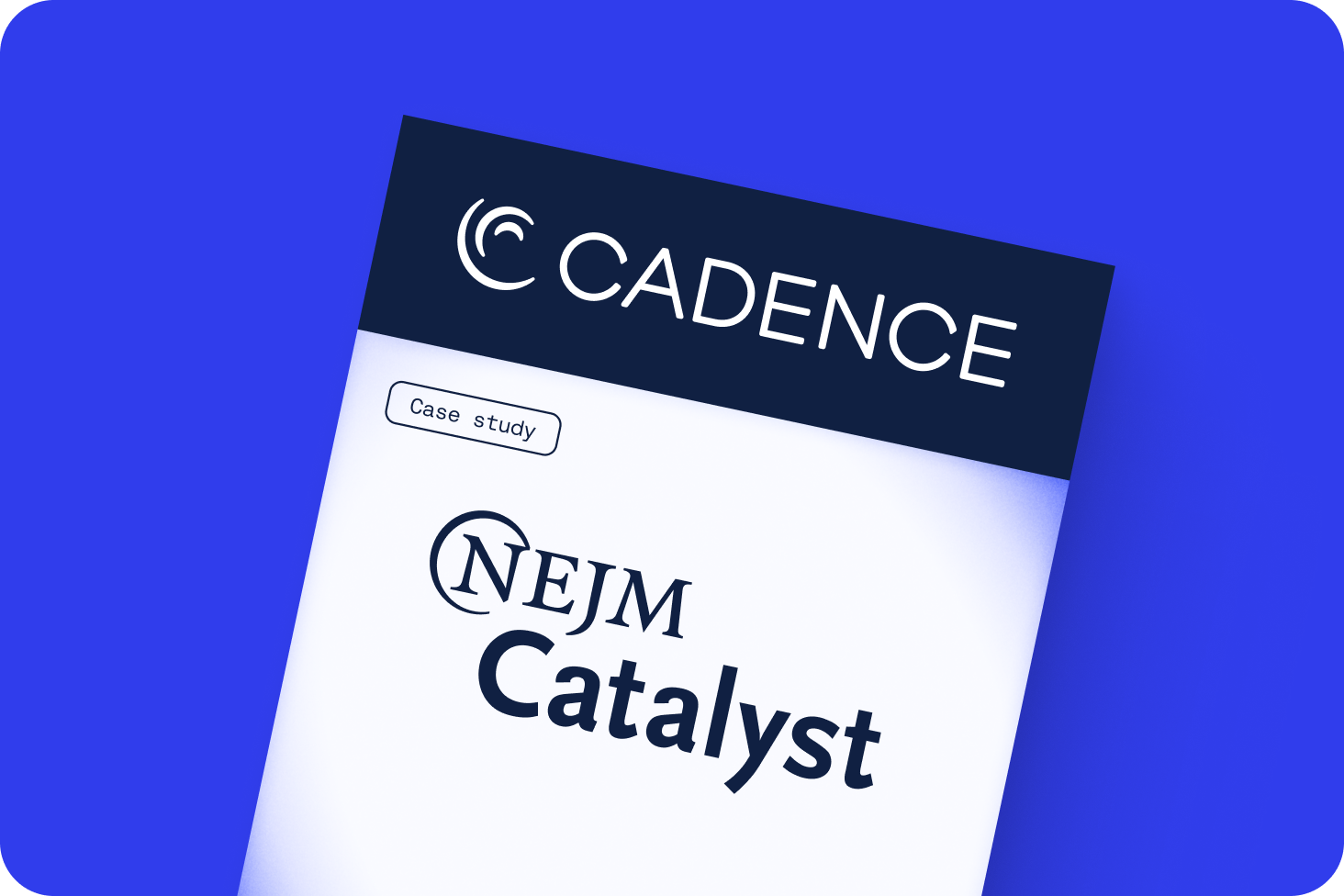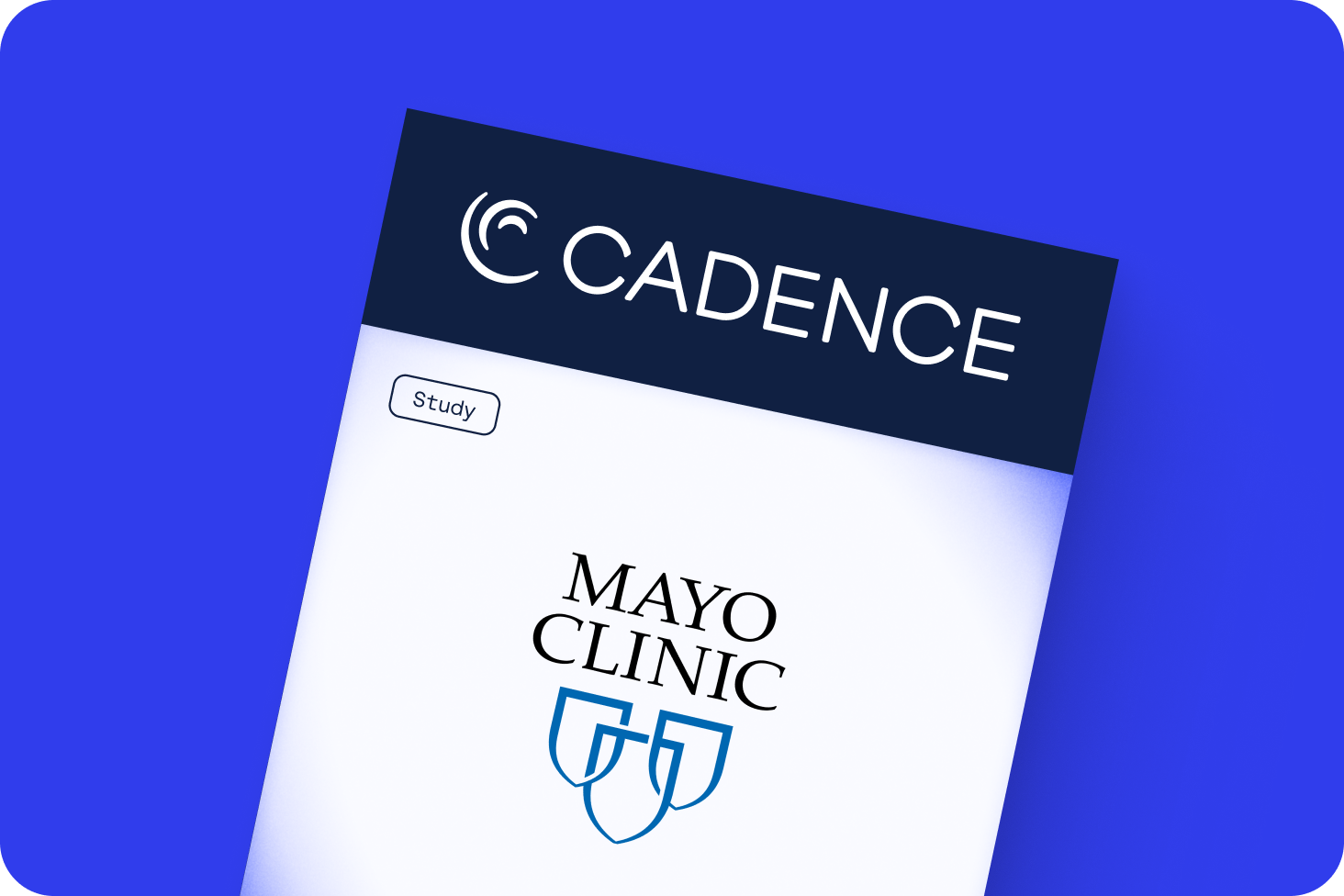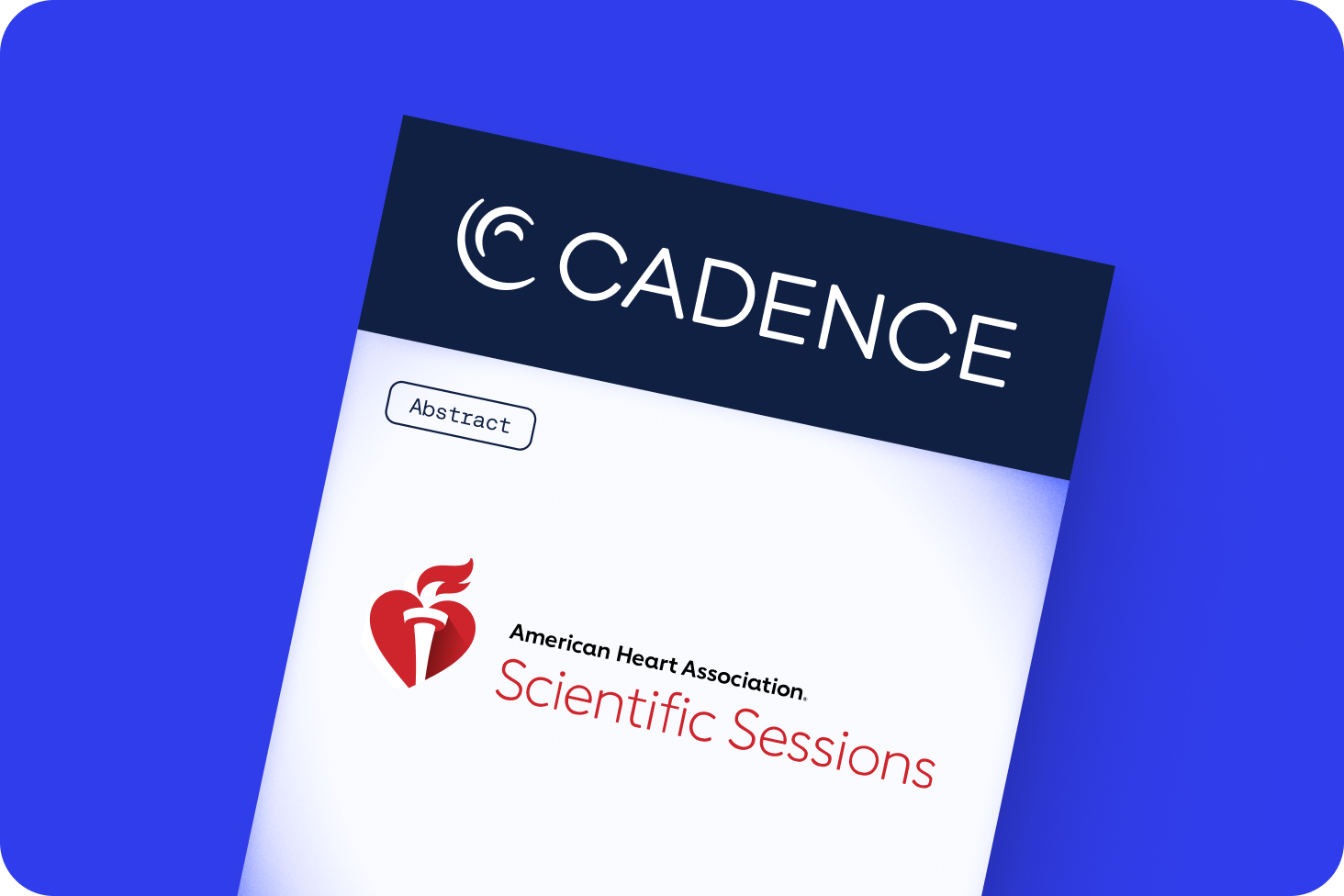New England Journal of Medicine: Catalyst validates Cadence’s model as a scalable standard of care for management of chronic disease

Peer-reviewed case study with Providence offers an in-depth look at Cadence’s proactive care model for chronic disease management, demonstrating improved clinical outcomes, reduced costs, and high patient satisfaction
Chronic disease remains one of the most urgent challenges in U.S. healthcare with nearly every senior living with one or more chronic conditions. It accounts for the vast majority of Medicare spend, yet our healthcare system struggles to systematically and effectively treat this population.
Cadence has designed a fundamentally new care model that tackles effectively managing chronic disease at scale – an approach that moves beyond occasional check-ins, one-off prescriptions, and siloed technologies. This month, that model was highlighted in the New England Journal of Medicine (NEJM): Catalyst, where Providence and Cadence detailed their collaborative approach to implementing and scaling Remote Patient Care, demonstrating what’s possible with a proactive, technology-enabled care delivery system. The case study provides a detailed look at the mechanics and evidentiary underpinnings of the Cadence care model, including the clinical delivery engine behind the outcomes on which patients, providers, and health systems rely.
During the study time period, over 2,500 patients across 4 states and 9 Providence markets were enrolled in Cadence’s Remote Patient Care program, with over a third of those patients living in rural or underserved areas. The program is integrated with Providence’s electronic health record, operated by a physician and nurse practitioner-led clinical team that is available 24/7, and is aligned to existing fee-for-service reimbursement.
Results from the Cadence/Providence case study highlight a model that delivers meaningful outcomes and scalable impact:
- 43% relative increase in blood pressure control (42% → 60%)
- 107% increase in heart failure patients with reduced ejection fraction on all four guideline directed medical therapy (GDMT) pillars (15% → 31%)
- 300% increase in heart failure patients with preserved ejection fraction on all four GDMT pillars (2% → 8%)
- $203 per patient per month lower total cost of care, driven by reductions in inpatient and outpatient spend, and inclusive of the cost of the RPM program
- 4.9/5 patient satisfaction and NPS +40 across 700+ survey responses
What is unique about Cadence’s Remote Patient Care model is its efficacy at scale. Prior attempts by large healthcare organizations to implement remote patient monitoring have fallen short because they created more data than clinicians could manage, increased physician burden, and/or lacked financial sustainability.
Cadence’s program succeeds because it was built differently, around three core principles:
- Patient-centered care: Consistent monitoring and support that improve outcomes and satisfaction.
- Clinician-first, team-based design: Embedded directly in the electronic health record and delivered by a 24/7 multi-disciplinary clinical team that acts in collaboration with the longitudinal provider.
- Financial sustainability: Programs run today under existing reimbursement for remote monitoring, demonstrating viability in both fee-for-service and value-based environments.
Strong fundamentals have enabled the Cadence program to expand across 20+ health systems nationwide.
The NEJM Catalyst case study offers a peer-reviewed blueprint for Cadence’s high-quality, scalable, and financially sustainable Remote Patient Care model. It demonstrates how a better model of care operates in practice, and why it matters for the future of chronic disease management.






